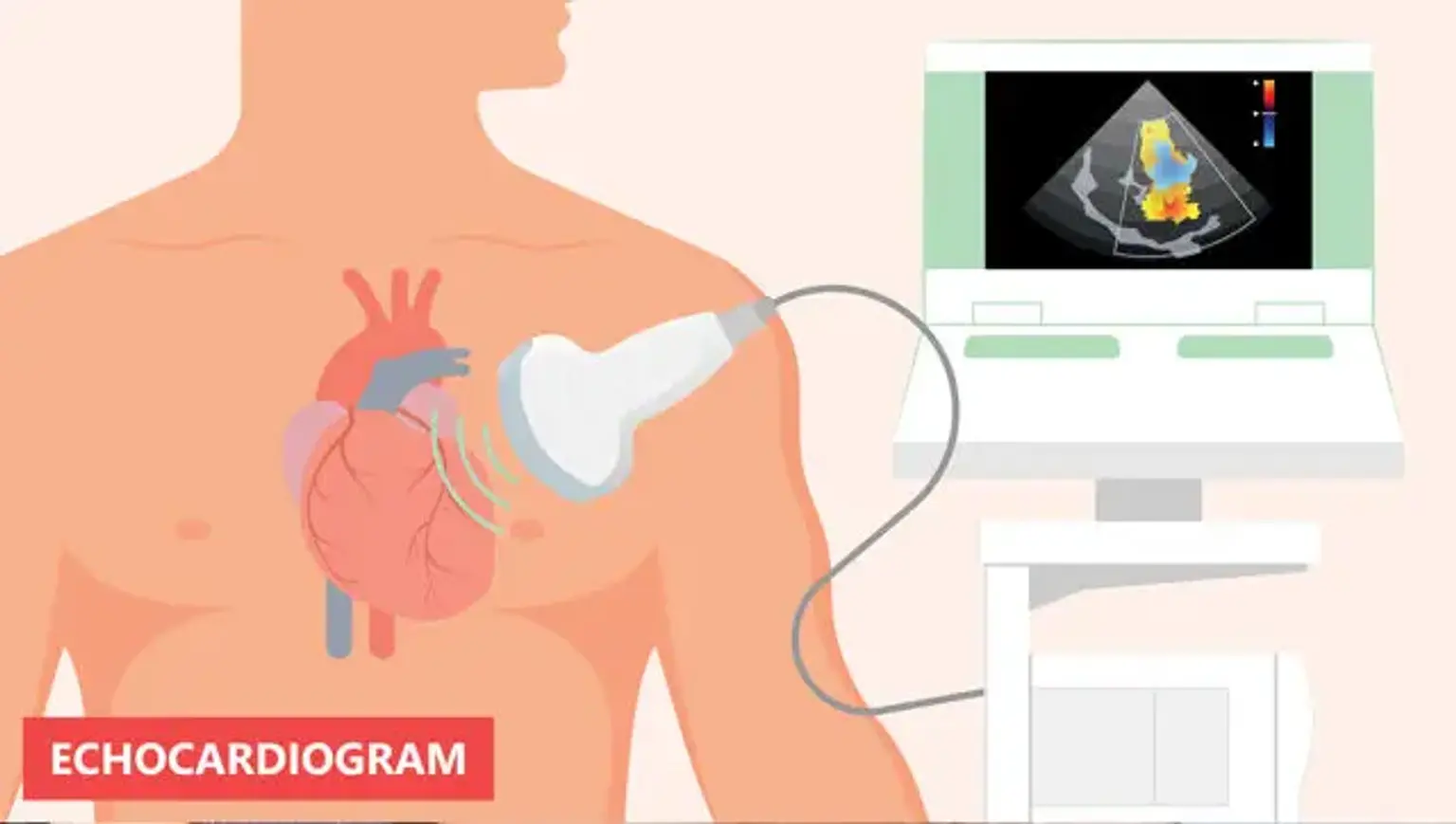Echocardiography
A human heart is susceptible to a wide range of health conditions and malfunctions. It includes aneurysms, heart failure, cardiomyopathy, and congenital cardiac disease, among others. Some of these disorders are minor and temporary, while others are chronic and life-threatening. Such severe conditions usually require accurate and effective diagnosis as this also translates to a successful recovery.
There are several diagnostic tests and procedures to check and assess cardiac disorders. Echocardiography is one of the common types of test procedures that enable medical providers to diagnose various diseases effectively. It utilizes sound waves (ultrasound) to generate live pictures of the heart, making it easier to identify any underlying issue.
